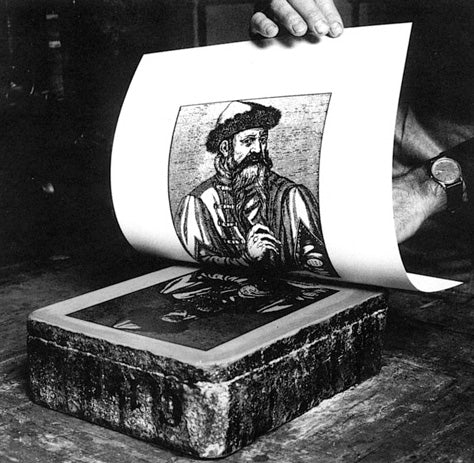
1796 lithography is born

In the first decades of the 1800s, a new type of graphic reproduction became widespread and took the name of "lithography".
Lito originates from the Greek "lithos" and means stone.
In fact, at the beginning Alois Senefelder, the inventor of this procedure, discovered, perhaps by chance, a stone in the quarries near Munich that was particularly suitable for the purpose.
Simplifying it was a question of drawing with a pencil or greasy ink on this stone. Once the drawing was finished, a liquid based on acid, gum arabic and water called "preparation" was brushed on the stone.
This "preparation" created a reaction with the parts of the stone, not protected by the design with fatty matter, making them "hydrophilic", that is, they bind with water.
After 24 hours, the "matrix" stone is ready: first it gets wet so that all the parts not drawn are "wet" and then a rubber roller is passed with the ink which will then adhere only in the dry parts, which are those drawn.
The ink adheres where the design is and is rejected by the wet stone.
You put on a nice sheet, a cardboard and you press.
And at the end the sheet is gently removed and left to dry; the exact copy of the drawing remains imprinted on the sheet.
This process will then progress to the autographed version which no longer requires drawing backwards, but makes the artist's drawing perfectly match the final copy.
This system allows the artist to simply draw and greatly increases the speed of reproduction of a drawing.
The previous systems required, as Durer well knew, the engraving of a slab or a stone or a wooden base which, in addition to being less precise, required truly exceptional dexterity and a lot of more time.
Gustave Dorè took advantage of it, among the many we will talk about, who illustrated hundreds of books and events, including the Divine Comedy and the Bible with a unique and exceptional fantasy that inspired by Mèlies (the first film director), to the Lord of Rings up to Star Wars.
Walt Disney, Tim Burton and William Steig, the creator of Shrek, also used the ideas of Dorè.
A.G. Fadini
www.pitteikon.com

Leave a comment